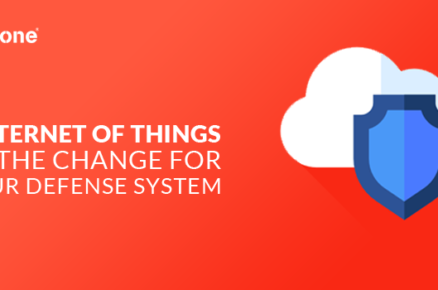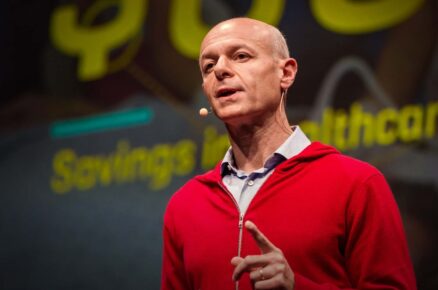It was 3.00 AM in the morning. And there were only a few hours left for the big e-commerce festive sales to flag off. Executives burning midnight oil in office wasn’t an anomaly for the Indian e-commerce firms. That’s when Snapdeal’s Chief Product Officer Anand Chandrasekaran’s team decided to go play some basketball. They had gone over and over their dress rehearsals for the most important days of the year, and found nothing that should keep them from that basketball game.
Anand Chandrasekaran might have spent a lot of Diwalis away from home, but he sure knows how special and secular the festival is in India. And that is why, he kept telling his team that the Diwali sale is actually about the user. It starts right from informing the user through the right channels, and ends with making shopping on Snapdeal not only an experience, but a habit for customers. “We keep saying internally that ‘boring is good’. We did so many dress rehearsals that we knew exactly how the site will respond- so there were no surprises. We also used extensive predictive analytics to be prepared logistically for the sale,” Chandrasekaran told ET.
Snapdeal distinguished its sales model from rivals Flipkart and Amazon, something which Chandrasekaran told us was a conscious decision, since they wanted to focus on efficiency. Though Snapdeal is still owns the second slot on the Indian e-commerce dais, its sale processes won it quite some praise from consumers and industry observers.
The Diwali festive sale saw a 500 per cent growth in concurrent traffic for Snapdeal. “We had 99.8 per cent up time across web, WAP and the mobile app. We saw a 700 per cent growth in sales and have shipped 6 million items so far,” Chandrasekaran said. “As we go into the festive season, many people discover e-commerce for the first time. For instance we saw 500 per cent concurrent growth in traffic. This growth becomes the base for us next year. It is not that we shall see a drop of 500 per cent after the festive season. So we don’t want to make customers’ interaction with us merely a transnational one,” he added.
Snapdeal has been investing significantly in logistics and back-end in the run up to festive sales. Earlier this year, it had invested over $100 million in logistics and recently invested in fulfillment service provider Gojavas. In last one year Snapdeal has added 1.3 million square feet of warehousing space. At present, Snapdeal is fulfilling 60 per cent of the orders from its own warehouse as compared to 7 per cent in January. Thanks to these, 98.9 per cent of orders were shipped out on the same day, which Chandrasekaran believes would be a first for an e-commerce company. “Many Snapdeal exclusives got delivered within hours. My own iPhones that I ordered came to me in 12-15 hours, and it had nothing to do with me being a Snapdeal employee,” Chandrasekaran gloats. He added that the focus for Snapdeal this time was to improve efficiency, since “great deals have always been a part of our offering.”
Active use of predictive analytics did a lot of work for Snapdeal. The e-commerce platform saw 300 orders per second at peak (last year 30 orders/second at peak). 2/3rd of these volumes came from tier 2 and 3 cities Thanks to big data analytics, Snapdeal was able to save precious time from receiving the order to dispatching it. Chandrasekaran told us that a lot of sellers had kept orders ready to be shipped based on the demand forecast data provided to them by Snapdeal. One category that really benefitted from analytics was large goods, particularly furniture. “We got 70,000 orders of large goods like beds and sofas etc. But thanks to predictive forecasting, we saved a lot of time. Most of our sellers had pre packaged their goods and kept them ready to be shipped. We and our sellers were not reacting to demand, we were responding to it.” Seeing the response, Snapdeal has decided to go ahead with weekly sales (every Monday) till the festive season lasts.











